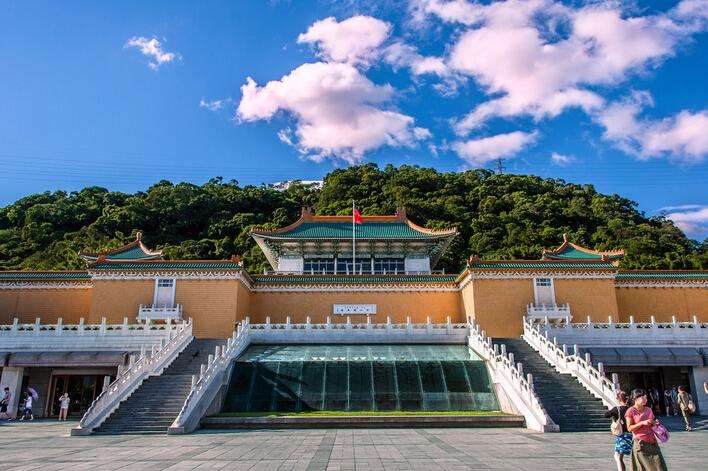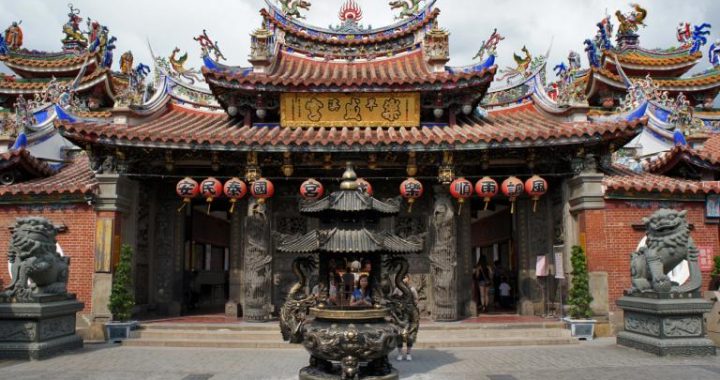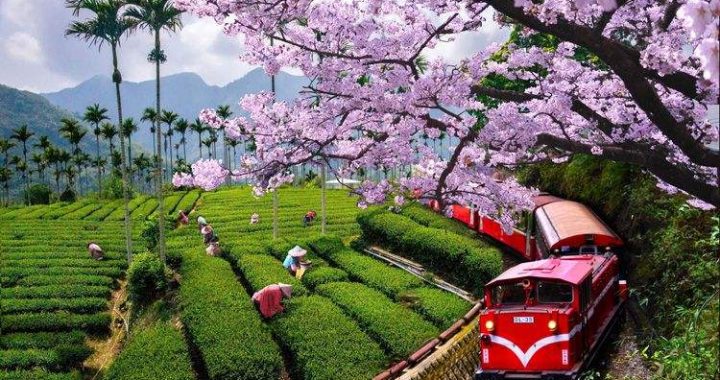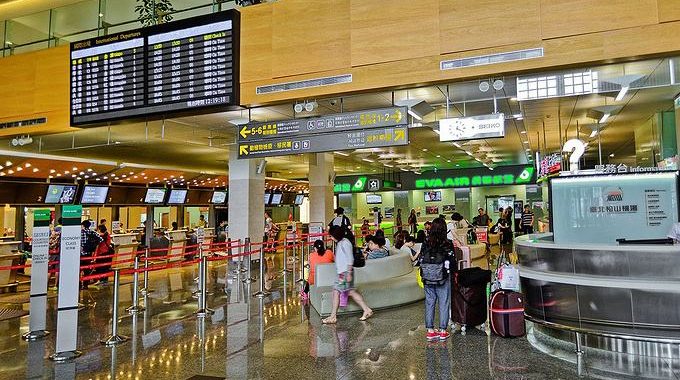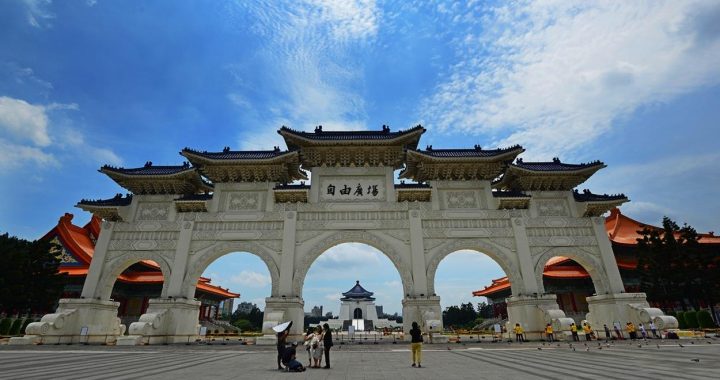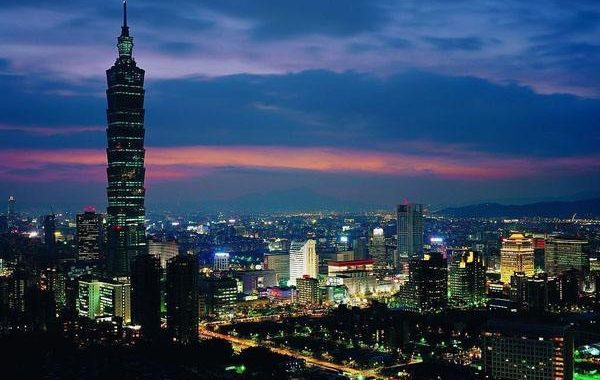The Palace Museum in Taipei
2 min readMany important works of art of the Palace Museum in Beijing were removed south before the Anti-Japanese War. However, before the victory of the People’s Revolutionary War, the KMT government selected parts of the valuable artifacts and removed them to Taiwan. In Taiwan, they were first stored up in Taizhong.A small show room was built for there public display. The storage and the show room didn’t have enough space and attracted few visitors. Shuangxi,a place enjoyed beautiful landscape with mountains and rivers, in Shilin district, Taipei, was then chosen for the new museum which opened to the public in 1965.
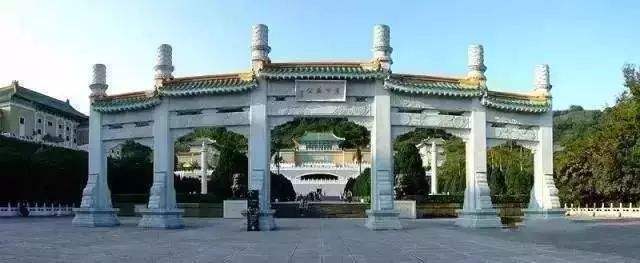
The design of the National Palace Museum in Taipei used traditional architectural elements with bluish colored glazes, grey-yellowish walls and the stone terraces surrounded with white marble railings. The museum used to be named Zhongshan Museum to commemorate Doctor Sun Yat-sen. The works of art moved to Taiwan included paintings and calligraphy, bronze ware, ceramics, jades, curios, books and other antiquity about over 230,000 pieces with more than 300,000 archives and over 10,000 donations and new acquisitions, the total number is around 600,000 pieces.
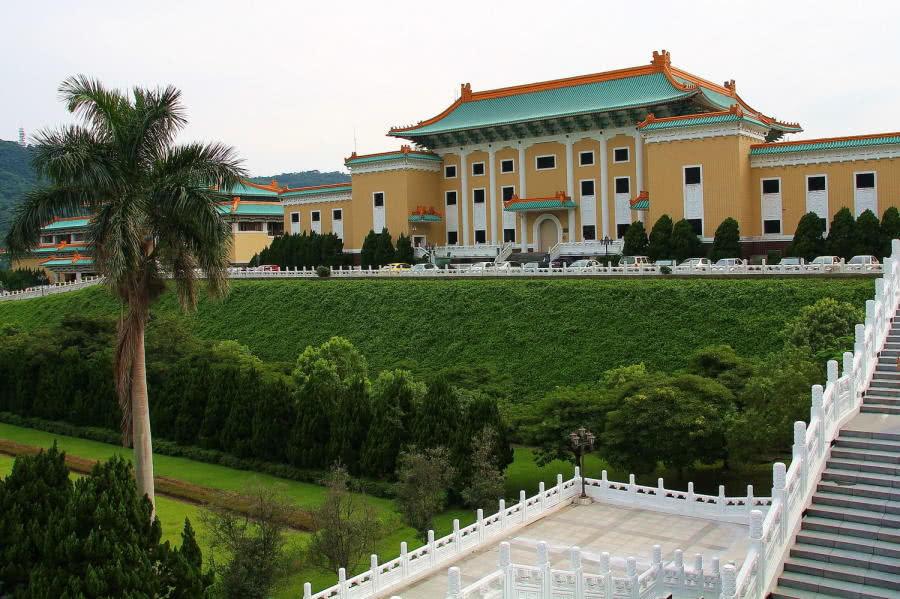
Among the collection, there are more than 20,000 oracle bone inscriptions which ranked the second in the world.
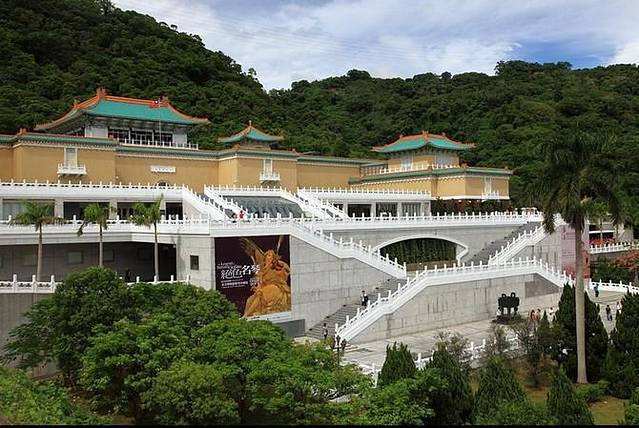
The ceramic collection spanned a millennium which forms a vivid history book on ancient Chinese ceramics. The bronze wares include the significant national ritual vessels of the Shang and Zhou dynasties like the plate with dragon designs, Mao-kungTing and the Animal-shaped Tsun Vessel with Gold and Silver Inlay. The Mao-kung Ting is the bronze with largest inscriptions ever discovered. The jades in the National Palace Museum include Bi, Gui, Huang of the Neolithic time to the renowned Jade Cabbage of the Qing dynasty. the master paintings and calligraphy include Timely Clearing After Snowfall by Wang Xizhi, Treatise on Calligraphy (Shu Pu) by Sun Guoting and Travelers among Streams and Mountains(Xishan Xinglu) by Fan Kuan. The museum collected almost 20,000 volumes including one copy of the Complete Library in Four Branches of Literature. Some of the documents in their archive are the only copy in the world, therefore very precious in research on the Ming and Qing history.
